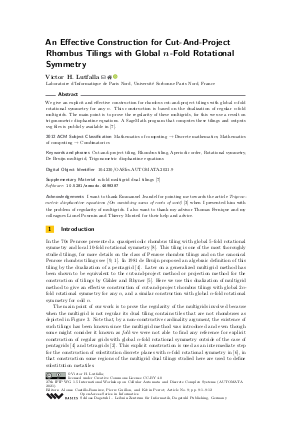OASIcs.AUTOMATA.2021.9.pdf
- Filesize: 0.76 MB
- 12 pages

 Creative Commons Attribution 4.0 International license
Creative Commons Attribution 4.0 International license




Feedback for Dagstuhl Publishing